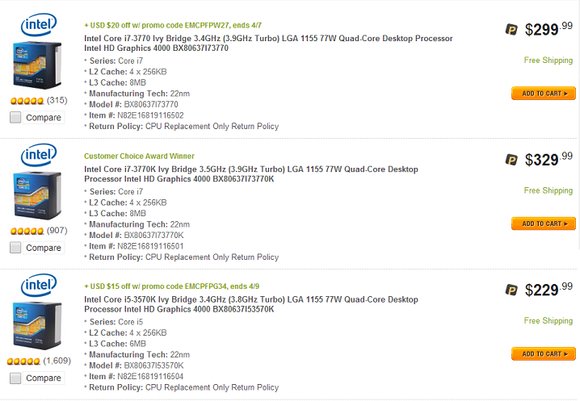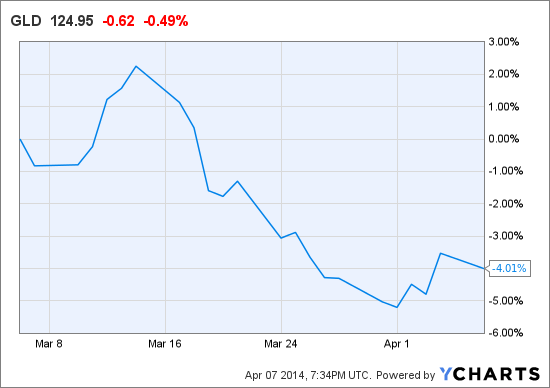The 2014 Tempkin Experience Ratings have been released!Unsure of what that is, exactly? You are not alone. Many people are not familiar with this rating system, but they should be. It ranks customer experience for 268 companies based on 10,000 U.S consumers. While many consumer studies are better known, not many of them survey 10,000 people. Therefore, this study holds more weight than most.
The importance of customer experience
Despite this study covering 19 industries, the focus here will be on quick-service restaurants, which for simplicity purposes will be referred to as fast food from this point forward. Below, you will find out how consumers rated some of the most popular fast food companies in the world and whether a company's customer experience is improving or weakening.
This is imperative information for investors. Why? Because more than half of consumers who had a negative experience at a fast-food restaurant decreased their future spending at that establishment. Some consumers stopped spending at that restaurant all together.
And in today's online social-media world, word spreads quickly. Furthermore, the people most likely to share their bad (or good) experiences are millennials -- the most important consumer group due to its massive size and future spending potential.
So ... which fast-food companies do you think consumers rated highest and lowest? The answers to these questions could play a role in a company's long-term potential.
Third place is best
Remember that this study covers 19 industries. Chick-fil-A came in third place on this list, with 83% of customers satisfied with their experience. This was a 1% improvement over last year. For fast food, Chick-fil-A won the gold, defending its fast-food customer experience title again and giving it first place in fast food for three consecutive years. Only one problem ... Chick-fil-A is a private company. Therefore, let's move on.
Drive-in or drive away?
Coming in fifth place overall and second in fast food was Sonic . Based on the study, 82% of Sonic customers were satisfied with their experience, representing a 2% improvement over last year.
However, Sonic has some issues. It only delivered top-line growth of 1.3% over the past year, it's trading at a somewhat expensive 24 times forward earnings, and it has a debt-to-equity ratio of 9.9. The stock has soared 79.8% over the past year and 14.5% year to date. This momentum is likely to continue as long as the broader market holds its own, but the aforementioned numbers aren't overly comforting for long-term investors. Therefore, let's move on to the next potential option.
Relentless overachiever
Starbucks opened its first shop in Seattle in 1971. Throughout the remainder of that decade, very few people knew what Starbucks meant. Inconceivable, right? Over the years, Starbucks has continued to grow, never slowing down. Well, almost never. There was a slight speed bump in revenue at the height of the Great Recession. Otherwise, it has been a constant ascent for the top line.
Not surprisingly, Starbucks ranked eighth overall for customer experience, with 81% of customers pleased with their experience -- a 3% improvement over last year. Starbucks has delivered top-line growth of 6.1% over the past year, very solid for a relatively mature company. It's trading at 23 times forward earnings, offers a 1.4% dividend yield, and has a debt-to-equity ratio of just 0.4. If its customers are consistently pleased on top of all that, then the future looks bright.
Now let's take a look at the other end of the spectrum. One very popular fast food company scores poorly for customer experience. This could present a threat if its peers continue to gain ground.
Bronzing arches?
McDonald's ranked 49th overall for customer experience, with only 75% of customers being satisfied with their experience. This likely has a lot to do with customer service. McDonald's employees have complained about a confusing menu, which has led to slower service and frustration. This doesn't allow for happy and smiling faces most of the time. The "good" news is that McDonald's customer- experience rating is 4% higher than last year, but it's still too low.
McDonald's has delivered top-line growth of 1.1% over the past year. This isn't very impressive, but it's still north of the border. The stock is trading at just 15 times forward earnings, and it offers a generous 3.3% dividend yield. A 0.9 debt-to-equity ratio combined with strong operational cash flow of $7.1 billion over the past year should also comfort investors.
On the other hand, Burger King Worldwide (80% of customers satisfied) and Wendy's (79% of customers satisfied) are outperforming McDonald's for this key metric. Neither Burger King nor Wendy's is an immediate threat to the McDonald's fast food empire, but McDonald's must improve its customer-experience ranking to avoid sliding down a long and slippery slope.
The Foolish bottom line
For public companies, Sonic scored highest for customer experience in the fast food category. While this is an excellent sign, and investors consistently drive the stock price higher, tepid top-line growth and debt should at least be on your radar.
Starbucks also scored well. No surprise there. Starbucks is still performing well on the top line, valuation is good, and debt isn't a concern. What's not to like? Investors might want to dig deeper on this coffee giant.
As far as McDonald's is concerned, it's still a solid option for dividend investors. And McDonald's is planning to focus more on high-demand items in the future, which could help fuel the top line. However, while not a significant concern yet, keep an eye on all reports related to McDonald's customer experience and customer service. If it continues to fail in this area, then more customers could switch to Burger King or Wendy's for food -- or Starbucks or Dunkin' Donuts for coffee. Please do your own research prior to making any investment decisions. And if you're looking for investments to own for the rest of your life, then continue reading.
Boost your 2014 returns with The Motley Fool's top stock
There's a huge difference between a good stock and a stock that can make you rich. The Motley Fool's chief investment officer has selected his No. 1 stock for 2014, and it's one of those stocks that could make you rich. You can find out which stock it is in the special free report "The Motley Fool's Top Stock for 2014." Just click here to access the report and find out the name of this under-the-radar company.
Copyright © 1995 - 2014 The Motley Fool, LLC. All rights reserved. The Motley Fool has a disclosure policy.



















